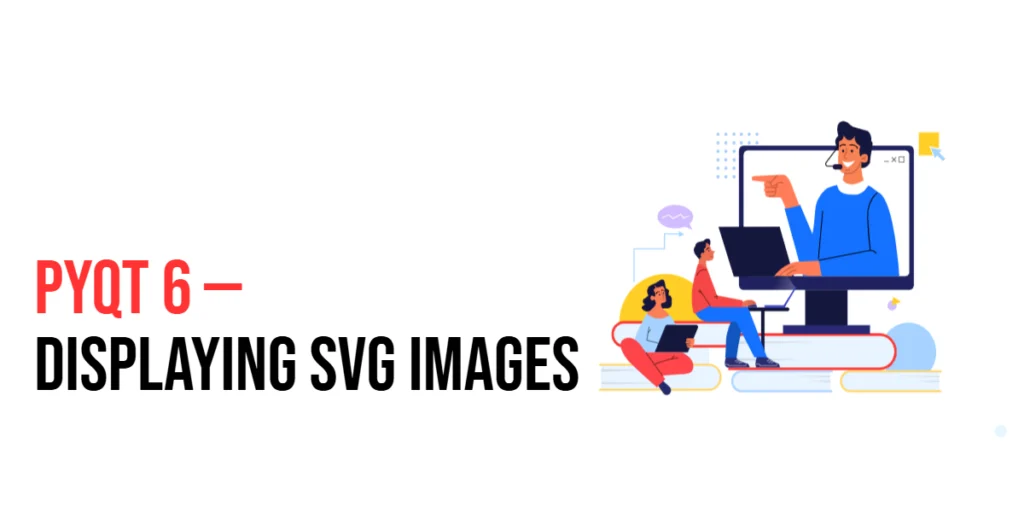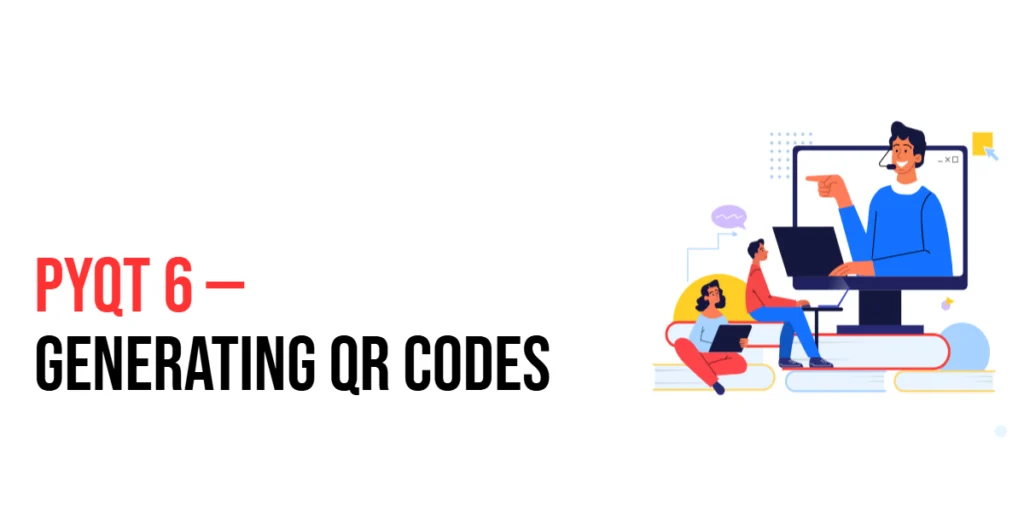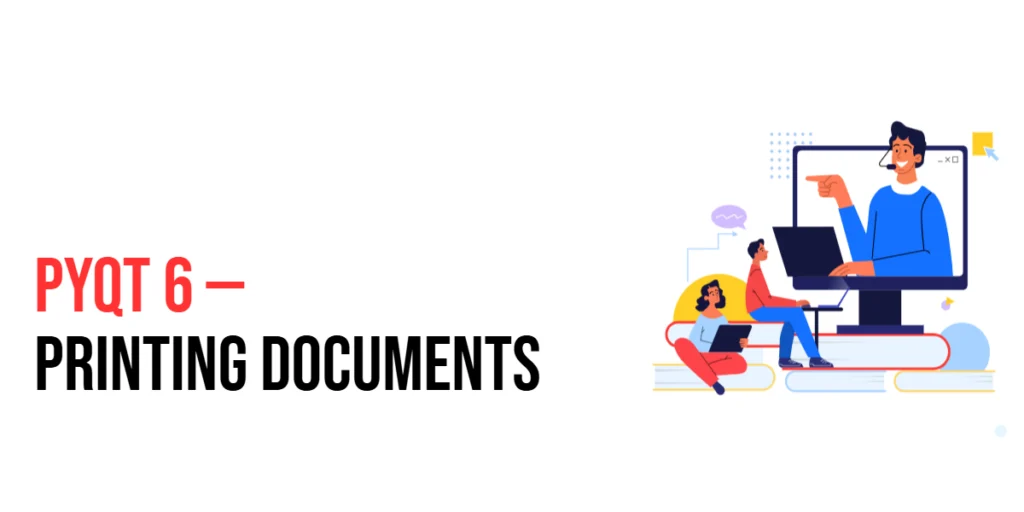PyQt6: Handling Events
Event handling is a fundamental aspect of creating interactive graphical user interfaces (GUIs). In PyQt6, events are used to handle user interactions, such as mouse clicks, key presses, and custom actions. Understanding how to handle events effectively allows developers to create responsive and intuitive applications. In this article, we will explore how to handle events […]
PyQt6: Handling Events Read More »









